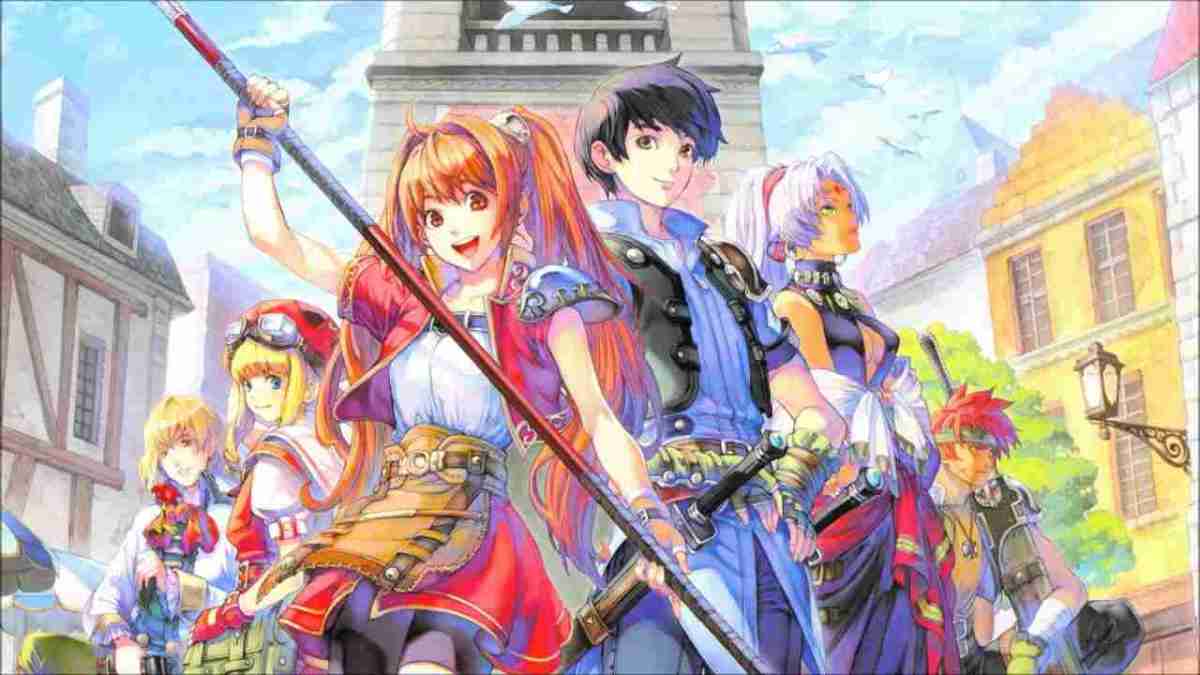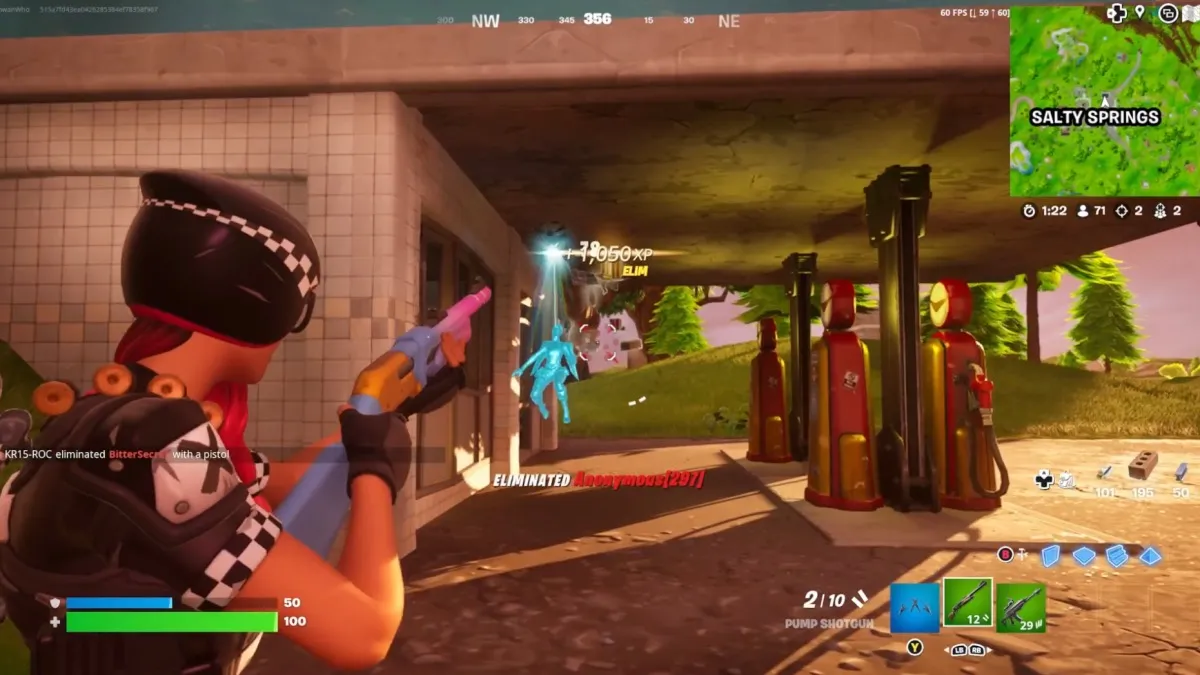Persona 3: Dancing in Moonlight on PlayStation Vita
Persona 3 is a timeless gem that kicked off of the highly acclaimed Persona series as we know it today. It introduced social links, the 1 More system, and other gameplay elements that the series is now well-known for.
Thanks to success of Persona 3, and the subsequent popularity of the series in the west that really bloomed with Persona 4: Golden, spin-off games have become commonplace now.
None was more surprising than Persona 4: Dancing All Night when it was revealed: a dancing game set in the universe of Persona 4. It was a lighthearted sendoff for the beloved investigation team, and more importantly, it was a great rhythm game that featured remixed tracks of some of the most memorable songs from Persona 4.
While Persona 3 might be the game responsible for modernizing the franchise, it was ambitious to think that it would ever get the same spin-off treatment that Persona 4, and potentially Persona 5, would.
Then, much to the surprise of many Persona 3 fans, it was revealed that Persona 3 wouldn’t get left behind, and both Persona 3 and Persona 5 would be getting their own dancing titles too.
Fans of Persona 4: Dancing All Night should know, though, that Persona 3: Dancing in Moonlight is not designed to be the same experience. It lacks a campaign, and is very much a watered down experience from both a story, and character development perspective when compared to P4DAN.
On the flip side, there is a good bit amount of new content added to enhance and vary the actual dancing gameplay. So depending on what you play these games for, you may be disappointed or totally fine with it.
I play the spin-off Persona games for both elements: gameplay and story. I recognize and accept these are not designed to be story campaigns on the same level as numbered JRPGs. That’s an unrealistic expectation.
However, I could find other rhythm games if that’s all I really wanted. I imagine most fans are like myself where part of the appeal of the spin-offs, especially the dancing games, is to spend a little more time with the wonderful cast of characters from each game.
The story in Persona 4: Dancing All Night, although nothing to write home about, did its job of giving the cast a reason for their bizarre dancing.
The presence of an actual plot with some drama allowed us to glean a little bit more about the ensemble cast, and see them interact with each other, and the new characters, in fun and different ways.
In Persona 3: Dancing in Moonlight, this is not the case. The cast doesn’t really have anything to do other than dance for the most part.
There’s a loose plot about a competition between the two games, the cast of Persona 3 and Persona 5, and a rivalry between Elizabeth and the Twin Wardens, but it’s pretty thin and mostly inconsequential.
The story elements you get are told through a new “Social” section where you unlock short vignettes with the main characters of Persona 3. They are… fine. Some of them were heartfelt, funny, or expanded the plot a bit.
Any scene that Elizabeth is involved in was incredible. She’s an absolute riot in Dancing in Moonlight and had me laughing out loud just about anytime she popped up. She takes her role as “Producer” very seriously.
Just as much of the time, though, the scenes are just the characters’ typical personalities on display in exaggerated fashion and them talking about the dancing competition.
Mitsuru is trying hard to live up to her family name, Yukari makes fun of Junpei a lot, Fuuka is shy but charming, Akihiko just wants to box all the time, etc.
If you played Persona 3, you know the deal by now. There’s very little meaningful character development going here. It’s just more of the same.
Also, when compared to Persona 5: Dancing in Starlight, I felt the Social Rank events were slightly less sophisticated and cornier in Persona 3: Dancing in Moonlight. However, I admit that might be a bit subjective and down to personal preference. I just found myself eye-rolling a lot more while playing Dancing in Moonlight.
Another downer is that the tracks, well, just aren’t as good from top to bottom than the ones that were in Persona 4: Dancing All Night.
It’s not that it’s bad, it’s just unbalanced. There’s an even spattering of great songs, non-remixed classics, so-so remixes, and just straight up boring tracks that aren’t that fun to listen or play along to.
This is probably par for the course of lots of music games, but P4DAN set a pretty high standard that Persona 3: Dancing in Moonlight doesn’t reach.
It’s really not all depressing news though. At its core, it’s a still a fun rhythm game and there’s a lot of new tools added in to improve on the last title.
In addition to building on the wealth of customization options from the last game, there are a lot of modifiers that you can tack on to fine-tune your experience and play around with the score multipliers.
For example, if you’re having trouble getting into Fever time, there’s a modifier that increases the boost you get from Fever rings. This helps to increase the hype gauge a little more during your performance, making it easier for you to achieve Fever, and get your dancing partner onstage.
On the other hand, you can make it so that Scratches are mandatory and count as misses, adding to the difficulty, and increasing your final score.
You can mix and match any/all of these custom options, including tuning the note speed. There’s a lot to play around with and utilizing these modifiers are part of the grind that is present in Persona 3: Dancing in Moonlight.
Instead of being left with not much to do after beating the game except just to go for clearing everything on the hardest difficulty like in P4DAN, there’s a lot more to unlock in Persona 3: Dancing in Moonlight.
You’ll need to mix and match new outfits, modifiers, accessories, and more to get all the Social ranks complete, and unlock all of the game’s content. Taking advantage of all that adds a lot more variety, and is a stark improvement from the last game.
Aside from that, it’s the same deal. Directional inputs come at you in a pattern around the screen, and depending on the difficulty, the more curveballs you’ll come across.
Everything you remember is intact and not really messed around with other than the modifiers, which are optional except for when required to unlock some of the social interactions.
Considering Atlus really got it right the first time, I don’t have a problem with not changing things for the sake of it. Adding the modifiers was the right touch here.
All in all, Persona 3: Dancing in Moonlight is a solid rhythm game, but has drifted more into an arcade-style game and has dropped a lot of the story elements that helped P4DAN feel unique and truer to the series.
Hardcore Persona fans are probably going to be let down that the story and character screen time takes a backseat in this one, but you’ll take whatever Persona you can get when you’re obsessed with the series like I am. The gameplay is still solid, and while the track list is a slight downgrade, it’s still decent enough, and enjoyable.
Score: 3.5/5 – Fair
For more information on how we review games, check out Twinfinite’s review policy here.













Updated: Dec 13, 2018 10:12 am